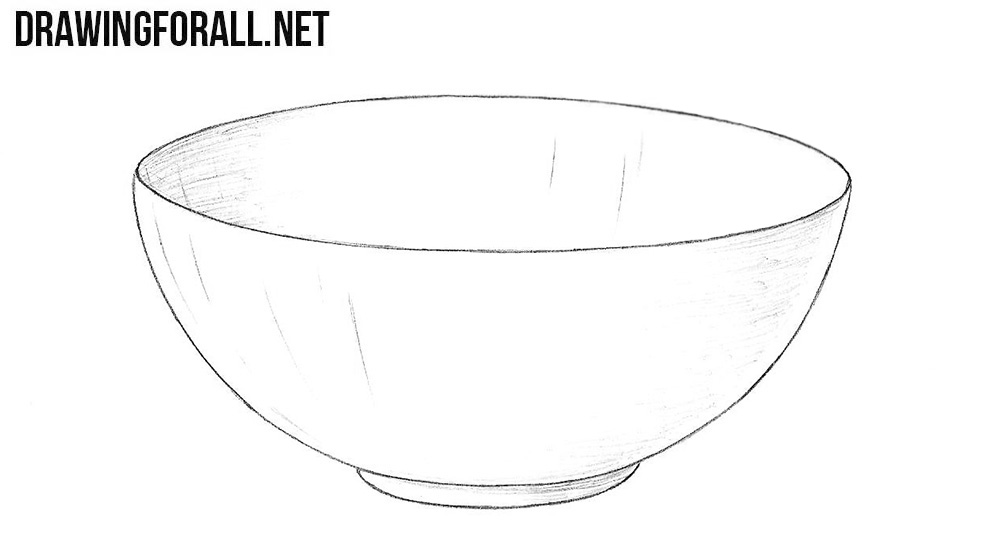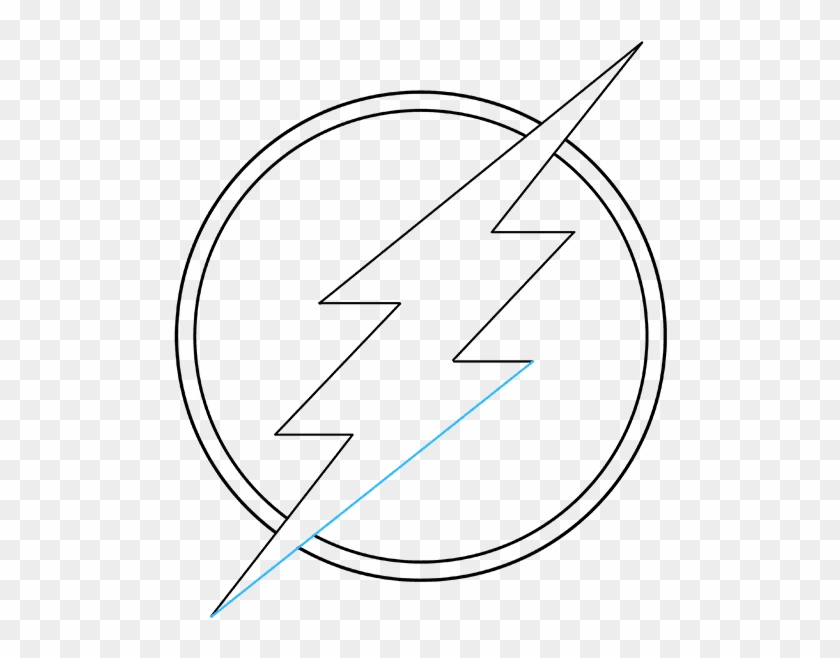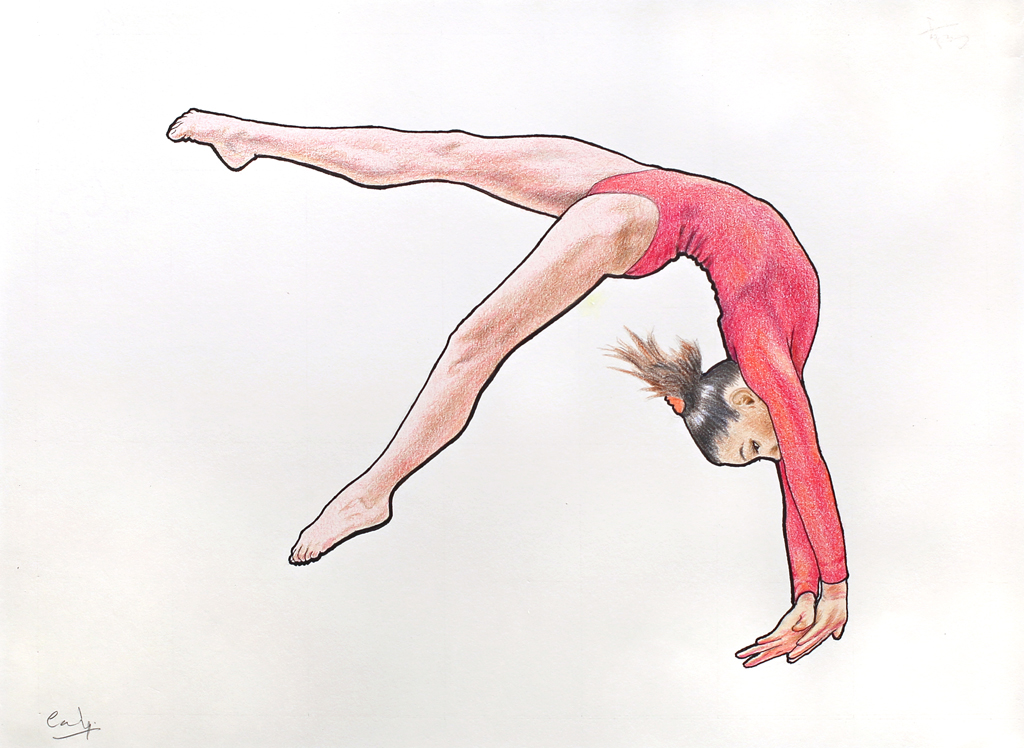How to draw a mosquito
Table of Contents
Table of Contents
If you want to learn how to draw a mosquito, you’ve come to the right place! Whether you’re an artist looking to add an insect to your portfolio or a curious novice who wants to try something new, this step-by-step guide will help you create a lifelike mosquito drawing in no time.
Identifying Common Pain Points
Drawing insects can be challenging, and mosquitoes are no exception. Their small, intricate features and delicate wings require some precision and attention to detail. Additionally, mosquitoes are often associated with negative connotations like disease and discomfort, which can make the drawing process less appealing. However, with the right approach and mindset, anyone can learn how to draw a mosquito successfully.
Target of How to Draw a Mosquito
The target of this guide is to help you create a realistic, detailed mosquito drawing using step-by-step instructions and visual aids. By following the steps outlined in this post, you will gain insights into the anatomy and characteristics of mosquitoes, as well as techniques for developing shading, texture, and perspective.
Summary of Key Points
To sum up, this blog post will cover how to draw a mosquito step-by-step, including the following topics:
- The anatomy and characteristics of mosquitoes
- Tools and materials needed for drawing mosquitoes
- Step-by-step drawing instructions with visual aids
- Techniques for shading, texture, and perspective
Understanding the Anatomy of a Mosquito
Before you start drawing your mosquito, it’s essential to understand its anatomy. Mosquitoes have six legs, two wings, a long, thin proboscis for feeding, and a small head with prominent eyes. They are typically gray or brown in color and have a slender, segmented body with narrow wings. To begin drawing your mosquito, start by sketching in the basic shape of the body. Use light, loose lines to create the framework, and then add details progressively, such as the legs, wings, and proboscis. Be sure to pay attention to the scale and proportions of your mosquito and adjust as needed.
 Drawing Techniques for Textures and Shading
Drawing Techniques for Textures and Shading
Creating textures and shading is crucial to bringing your mosquito drawing to life. Use a cross-hatching technique to add depth and dimension to the wings, body, and legs. Focus on creating gradation and variation in your shading to create a sense of depth and movement. Look at reference photos of mosquitoes to understand the subtle variations in colors and textures. One helpful tip is to start with a lighter shading and gradually build up the intensity by layering darker tones on top. Be patient and take your time as you work on each section of your drawing. Remember, it’s always easier to add more shading than to remove it, so start conservatively and build up as you go.
 ### The Importance of Perspective and Proportions
### The Importance of Perspective and Proportions
Creating a drawing with the proper perspective and proportions is vital for creating a lifelike mosquito. Be aware of the shape of the mosquito’s head and body and pay attention to how it relates to the location of the legs and wings. Use shadows and shading techniques to create the illusion of depth and distance. Another essential consideration is the scale of your drawing. Make sure your mosquito’s proportions are consistent and accurate, and adjust any details that may be too small or too large. Remember, attention to detail and precision are key to creating a realistic mosquito drawing.
 Drawing Inspiration and Personal Experience
Drawing Inspiration and Personal Experience
One great source of inspiration and motivation for drawing mosquitoes is the natural world. Mosquitoes are a significant part of many ecosystems and have fascinating life cycles and behaviors. Spend some time observing mosquitoes in their natural habitat to gain a better understanding of their unique characteristics and movements. Another helpful tip is to consult online resources and tutorials, such as the step-by-step guides and tutorials available on drawing websites and social media platforms.
Mosquito Drawing FAQ
Here are some frequently asked questions and answers about mosquito drawing: **Q: What tools do I need to start drawing mosquitoes?**A: You will need a pencil, paper, eraser, and some colored pencils or markers for shading and coloring. **Q: Can I draw a mosquito in a different pose or position than shown in the guide?**A: Yes, you can adjust the position and pose of the mosquito to your liking, just make sure to adjust the proportions and perspective accordingly. **Q: How long does it take to draw a mosquito?**A: The time it takes to draw a mosquito can vary, depending on your skill level, the complexity of the drawing, and your available time. However, most drawings take between 30 minutes to an hour to complete. **Q: Can drawing mosquitoes improve my overall drawing skills?**A: Yes, drawing mosquitoes can help improve your overall drawing skills, including your understanding of anatomy, shading, perspective, and texture.
Conclusion of How to Draw a Mosquito
Drawing a mosquito can be a challenging but rewarding experience. With the proper approach, techniques, and tools, anyone can learn how to draw a lifelike and detailed mosquito. Remember to pay attention to the mosquito’s anatomy, focus on shading and texturing techniques, and always strive for accuracy and precision in your drawings.
Gallery
Mosquito Drawing, Drawings, Mosquito

Photo Credit by: bing.com / culex mosquito2 imgkid fever
How To Draw A Mosquito - Really Easy Drawing Tutorial

Photo Credit by: bing.com / mosquito
Mosquito Drawing | Mosquito Drawing, Drawings, Insect Art

Photo Credit by: bing.com / mosquito drawing insect choose board anatomy human insects bug
Mosquito | Mosquito, Mosquito Drawing, Medical Art

Photo Credit by: bing.com / mosquitos
How To Draw A Mosquito Easy Step By Step

Photo Credit by: bing.com / drawings






